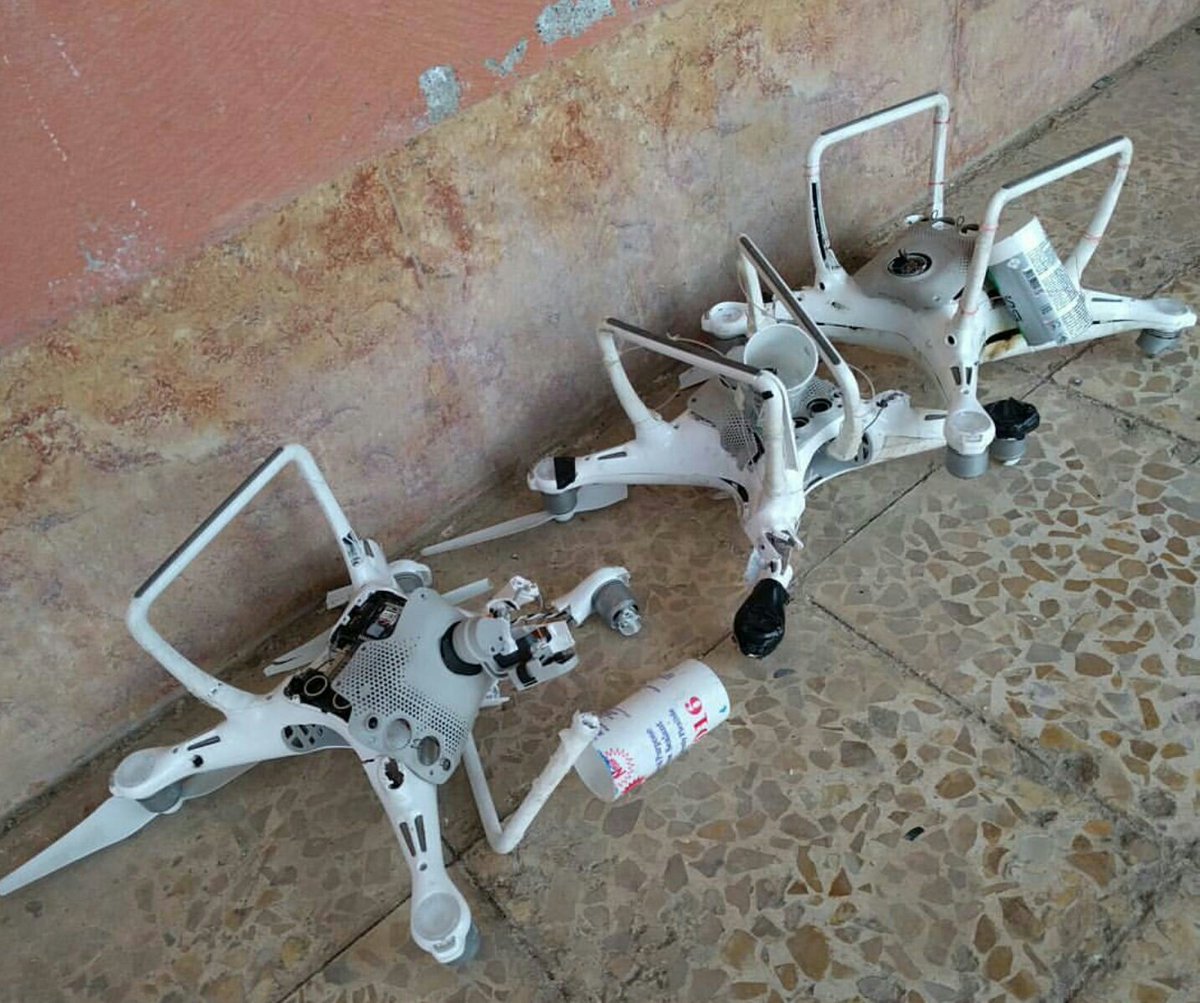Drone hits water bomber – it sounds like a scene from a disaster movie, but it’s a real and growing danger. These collisions pose a significant threat to firefighting efforts, potentially causing damage to crucial aircraft, delaying wildfire suppression, and even endangering the lives of firefighters. This article explores the various aspects of this emerging problem, from the types of impacts and their consequences to the legal ramifications and potential solutions.
We’ll delve into the different ways drones can collide with water bombers, examining the damage caused by varying drone sizes and speeds. We’ll also discuss current safety protocols and suggest improvements, looking at both regulatory changes and technological advancements that can help prevent these incidents. Finally, we’ll highlight the importance of public awareness and education in mitigating this risk.
Drone Impacts on Water Bombers: Drone Hits Water Bomber
The increasing use of drones presents a significant, albeit emerging, risk to the safety and effectiveness of water bomber operations during wildfire suppression. Collisions, even near misses, can have devastating consequences, impacting both the aircraft and the crucial firefighting efforts underway. Understanding the various types of impacts, implementing robust safety protocols, and leveraging technological advancements are crucial steps towards mitigating this risk.
Types of Drone Collisions and Resulting Damage
Drone collisions with water bombers can manifest in several ways, each with varying degrees of severity depending on the drone’s size, speed, and the impact point on the aircraft. A direct hit, even from a relatively small drone, can cause significant damage to sensitive components, potentially leading to loss of control or a crash. Near misses, while not resulting in direct contact, can still create hazardous situations through debris impact or causing the pilot to take evasive maneuvers.
The following table summarizes potential scenarios:
| Impact Type | Drone Size | Impact Speed | Damage Description |
|---|---|---|---|
| Direct Hit (Engine) | Large (e.g., commercial drone) | High (e.g., 50 mph) | Potential engine failure, fire, loss of control, and aircraft crash. Significant damage to engine components and surrounding structures. |
| Direct Hit (Fuselage) | Small (e.g., hobby drone) | Moderate (e.g., 30 mph) | Significant damage to fuselage, potentially compromising structural integrity. Possible penetration and damage to internal systems. |
| Near Miss (Debris Impact) | Small (e.g., hobby drone) | Low (e.g., 15 mph) | Potential damage to aircraft from drone fragments, causing damage to the exterior and potentially compromising flight stability. |
| Component Damage (Propeller strike) | Medium (e.g., mapping drone) | High (e.g., 40 mph) | Damage to propeller blades, potentially causing imbalance and reduced flight performance. Possible damage to other external components. |
Safety Protocols and Prevention Measures
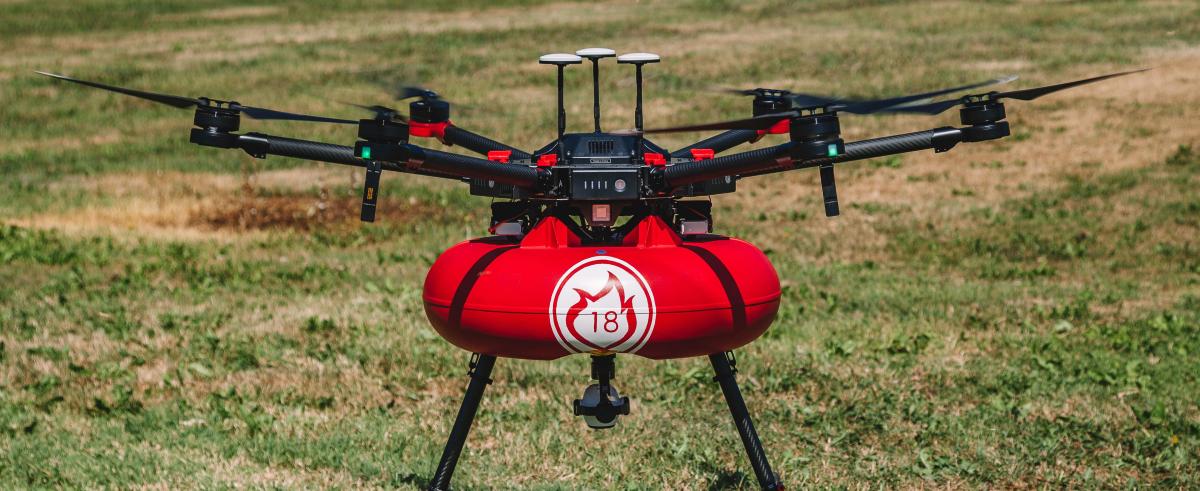
Current safety protocols for water bomber operations generally involve visual surveillance and communication with air traffic control. However, these methods are often insufficient to detect and avoid smaller drones. Enhanced safety measures are necessary.
- Implementing drone detection systems on water bombers using radar or optical sensors.
- Establishing no-drone zones around water bomber operating areas, enforced by law enforcement and technology.
- Developing a system of drone registration and tracking, allowing for identification and communication with operators in potentially hazardous situations.
- Mandatory drone pilot training programs emphasizing the dangers of operating near aircraft.
A proposed improved safety protocol could involve a layered approach. This system would integrate drone detection radar on the water bomber, linked to a real-time map displaying the location of all registered drones within a designated radius. If a drone enters a restricted zone, an alert is triggered, allowing the pilot to take evasive action or communicate with the drone operator.
The system would also include an automatic notification system for air traffic control and emergency services.
Regulatory and Legal Ramifications, Drone hits water bomber
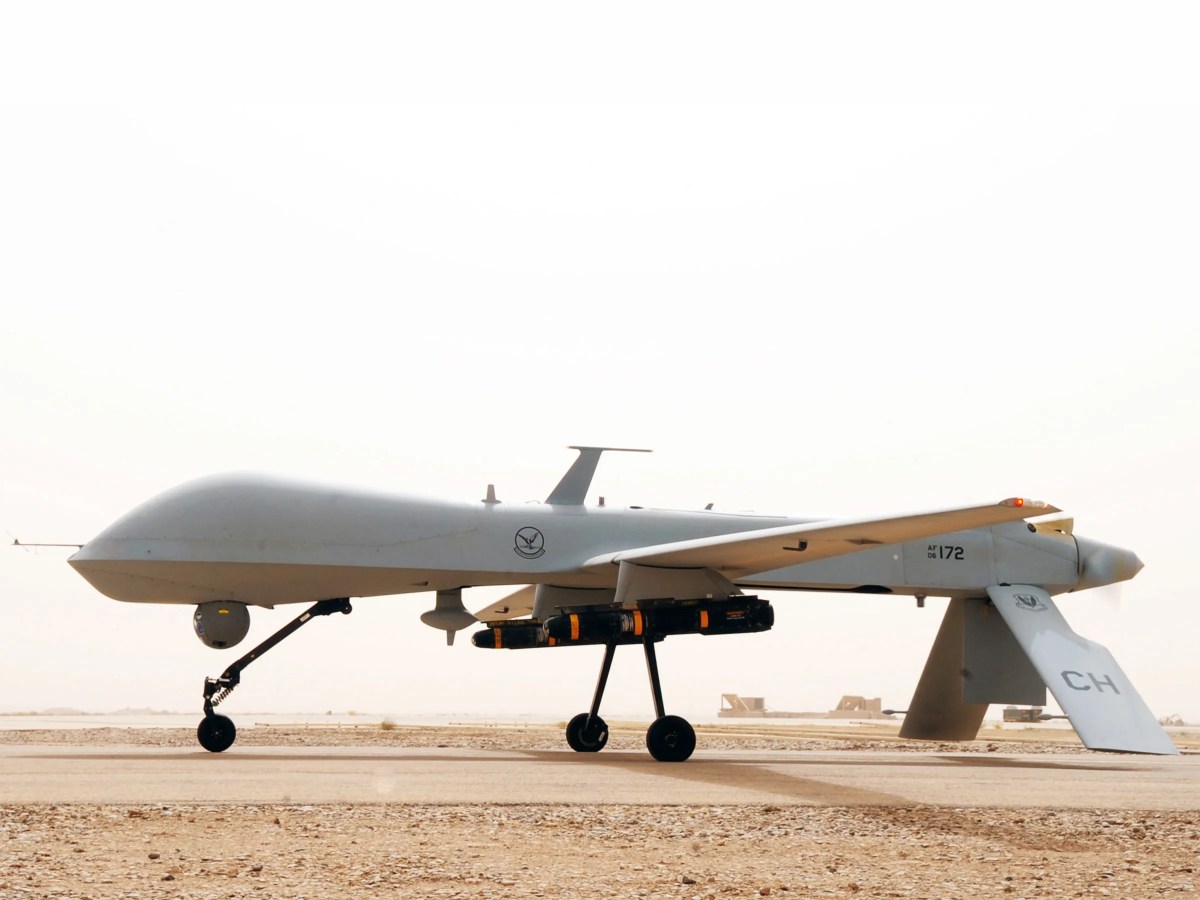
The legal ramifications for drone operators involved in incidents with water bombers are severe. Depending on the jurisdiction and the severity of the incident, penalties could range from hefty fines to criminal charges, including endangering public safety or damaging critical infrastructure. Existing regulations vary across countries, but generally prohibit drone operation near airports and other restricted airspace.
- The US Federal Aviation Administration (FAA) has strict regulations regarding drone operation near airports and other aircraft.
- European Union drone regulations also impose significant restrictions on airspace usage.
- Many countries are increasingly implementing stricter laws and penalties for reckless or illegal drone operation.
Technological Solutions and Advancements
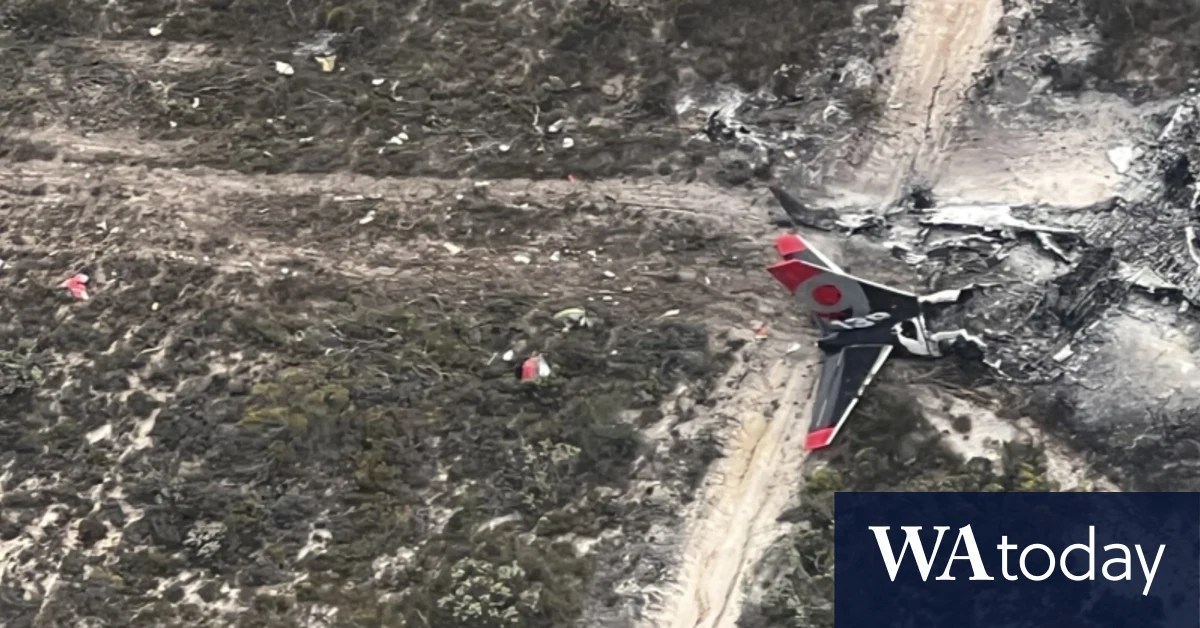
Several technological solutions can help prevent or mitigate drone-water bomber collisions. These advancements leverage existing technologies and emerging innovations to enhance safety and reduce risks in shared airspace.
So, a drone hit a water bomber? That’s crazy! These aerial firefighting giants are vital, and thinking about the damage… it makes you appreciate the engineering that goes into them, like the incredible water-scooping capabilities of a super scooper. Hopefully, the damage to the water bomber wasn’t too severe, as these aircraft are essential for wildfire control.
- Advanced Warning Systems: Integrating radar and optical sensors on water bombers to detect approaching drones, providing pilots with ample warning time.
- Drone Detection Technologies: Utilizing AI-powered systems that can identify and track drones, automatically alerting authorities and pilots.
- Drone Jamming Technology: While controversial, this technology could be used as a last resort to disable a drone posing an imminent threat.
- Geofencing Technology: Creating virtual boundaries around airports and water bomber operating areas to prevent unauthorized drone entry.
- Improved Communication Systems: Enhancing communication channels between drone operators, air traffic control, and water bomber pilots to facilitate real-time coordination and conflict avoidance.
Impact on Firefighting Operations
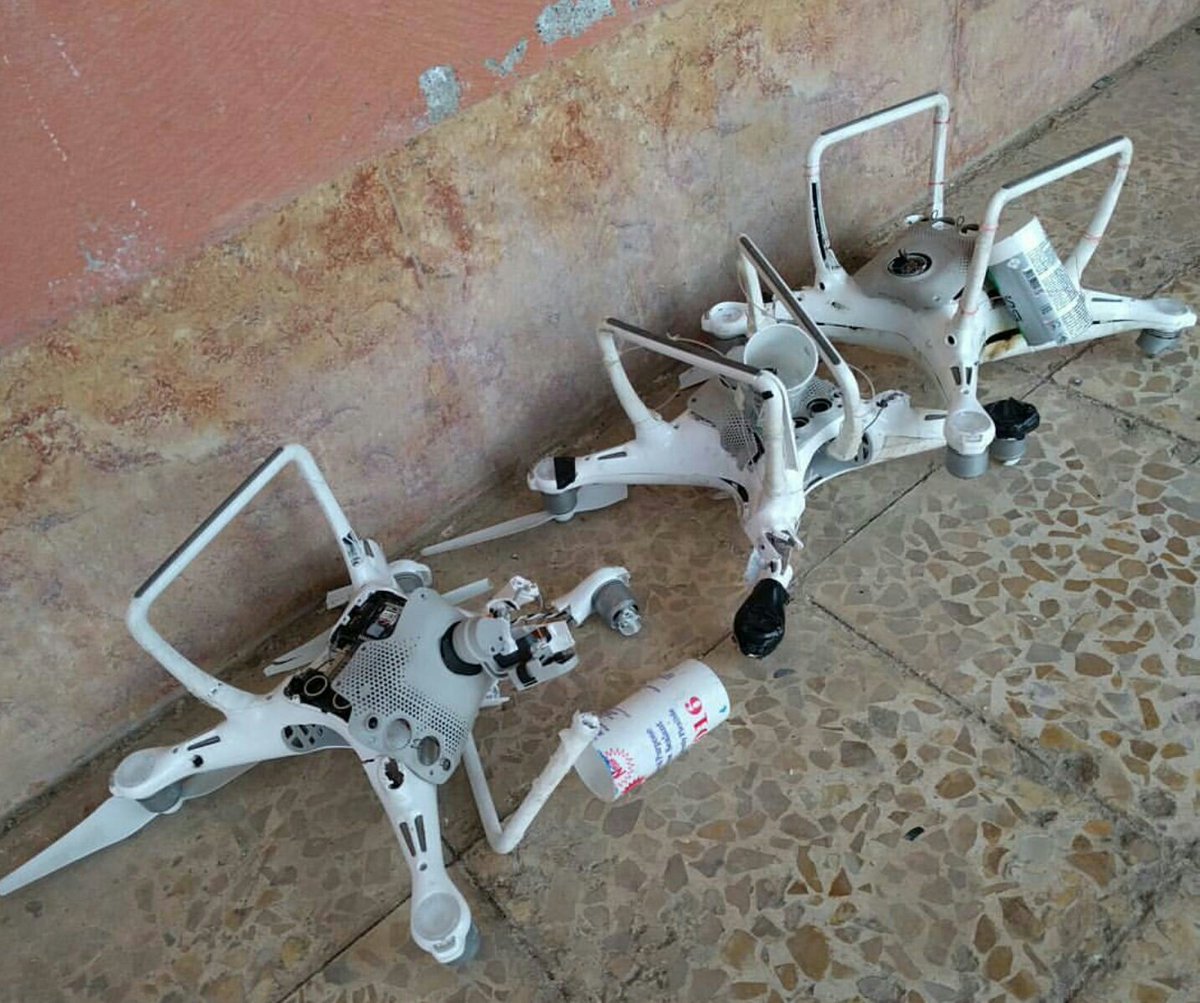
A drone collision with a water bomber can severely hamper wildfire suppression efforts. The resulting damage to the aircraft could lead to delays in water drops, loss of valuable firefighting resources, and potential injuries to firefighters. The cascading effects can include increased fire spread, property damage, and potential loss of life.
- Loss of aircraft availability for extended periods, impacting firefighting capacity.
- Increased costs associated with repairs or replacement of damaged aircraft.
- Disruption of coordinated firefighting strategies, potentially leading to less effective fire containment.
Public Awareness and Education
A comprehensive public awareness campaign is essential to educate the public about the dangers of operating drones near firefighting aircraft. The campaign should emphasize the potential consequences of reckless drone operation and highlight the importance of responsible drone use.
So, a drone hitting a water bomber is a pretty serious incident, right? It makes you think about the risks involved in using drones, especially near sensitive equipment. It’s a bit like the risks those brave deal or no deal island contestants took, facing those unpredictable briefcases! Ultimately, both situations highlight the importance of careful planning and awareness of potential hazards.
- PSA 1: Focus on the potential damage to water bombers and the disruption to firefighting efforts.
- PSA 2: Highlight the legal ramifications and potential penalties for irresponsible drone operation near aircraft.
- PSA 3: Promote resources and guidelines for safe and responsible drone operation, including apps that show restricted airspace.
Summary
The increasing use of drones necessitates a proactive approach to mitigating the risk of collisions with essential aircraft like water bombers. By understanding the potential consequences of these incidents, implementing stricter safety protocols, leveraging technological advancements, and raising public awareness, we can work towards a safer airspace for both drones and crucial firefighting operations. The safety of firefighters and the effectiveness of wildfire suppression depend on it.
Let’s ensure our skies remain safe.
Top FAQs
What are the penalties for flying a drone near a water bomber?
Penalties vary by location and the severity of the incident, but can range from hefty fines to criminal charges. Always check local drone regulations before flying.
How can I report a near-miss or collision involving a drone and a water bomber?
Crazy news, a drone actually hit a water bomber! It’s a reminder how easily things can go wrong with technology. But hey, while we’re talking about unexpected events, you should check out the ircc express entry draw – you never know if you’ll get lucky! Anyway, back to the drone – hopefully, they’ll improve drone safety regulations after this incident.
Contact your local aviation authorities or the relevant firefighting agency immediately. Provide as much detail as possible about the incident.
Are there specific drone detection systems used at wildfire sites?
Some firefighting agencies are beginning to utilize drone detection systems, but widespread adoption is still developing. These systems typically use radar or other technologies to identify unauthorized drone activity.
What is the best way to educate the public about responsible drone use near wildfire operations?
Public awareness campaigns using various media (social media, PSAs, educational materials) are crucial. Highlighting the potential consequences and emphasizing responsible drone operation is key.
